Forty-four million households rent their homes12, but are they left out of the solar energy world entirely? As the solar industry grows we’re seeing innovations not just on rooftop solar panels and efficiency, but we’re seeing new areas and ideas for how we use solar, like community solar projects and solar panels for balconies. If you can’t put panels on your roof, these might be viable options for you. It’s time to look at some solar options that are … a little bit closer to home.
It’s important for there to be diverse–and economically viable ways–for everyone to benefit from solar power, or else it will just be reserved for the few and the elite. Lower and middle class communities are the ones disproportionately affected by the rising costs of inflation (and with it, the rising costs of utilities that come from nonrenewable sources).
Here’s the good news, though: you don’t need to be at your landlord’s whim (at least, when it comes to trying out solar for yourself!) Are there solar options robust enough for the tough housing market out there? Let’s explore some of these options, along with some of their pros and cons.
Balcony solar
If you can’t convince your landlord to opt for rooftop panels, you don’t have to wait around for them to change their mind before you dip your toe into the solar pool. One of the first things you can do is take the solar set-up into your own hands–literally–with a balcony or portable solar power system.
Balcony solar is pretty much exactly what it sounds like: instead of setting up solar panels on your roof, you place them somewhere more accessible and under your control, like a balcony. This DIY-set-up can be done on your own, no installers required.
There are many kit options based on your space and budget3, but in general, there are several kits that are essentially “plug and play”. Each kit should have solar panels, a mount, an inverter, a solar panel charge controller for panel arrays over 12-watts, and possibly an energy meter to optimize your set-up over time4. The larger the size of your panel, the lower the price per watt (but also the higher upfront cost).
The concept behind the solar panel is the same: when the sun shines on the panels, they generate direct current, which flows from the solar panels to the electrical grid in your house or apartment5. Some kits will include a grid-tie inverter, which converts that DC energy into AC before syncing with the mains. This electricity is first consumed inside the house, while the excess goes into the city grid.4 Excess energy can be stored in a battery as well.4
So how much can these solar panels actually generate? The typical balcony solar panel set-up can provide up to 400 watts of power. Another option is to use two 160-watt solar panels that can provide 10-190 watts of output depending on the weather and time of the day6. As for cost, this will depend on your array and lifestyle, but you’ll generally be looking at a figure around $2,000 or so6. Some DIY kits can run a little lower, like 400-800 euros (or approximately $400-800); this can accelerate your financial payback period, as long as you don’t mind a little assembly.5
Balcony solar has gained some new life through companies like WeDoSolar. This company was founded by Karolina Attspodina (a Ukrainian-born entrepreneur) and hardware engineer Qian Qin, in part to offer renewable options to the EU. This is especially relevant after the conflict in Ukraine raised understandable concern over the region’s dependence on Russian energy sources, since Russian-imported natural gas accounted for about 40% of the EU’s total gas consumption in 2021.
WeDoSolar launched in February 2022 with their vertical solar power panels, which are specifically designed to be mounted via weatherproof straps onto balconies by non-tech-savvy residents. The company claims these panels can reduce a household’s CO2 footprint by up to 600kg, along with a 25% cost savings on your electricity bills every year. Take that with a grain of salt, though, because it’s highly dependent on your lifestyle and the setup’s sun exposure. These panels are lightweight (1 kilogram each) and plug into your standard power socket, making it easier than ever to introduce solar to renewable newbies. The kit comes with a microinverter that pushes the power from the panels into the home grid, so panels power your appliances ahead of the normal grid. This little guy converts the DC power from the panels into AC power that your home can use.7 Users can also track the energy generation of the solar panels and the amount of CO2 saved through an app. The 8-panel set costs €1,299 EUR (around $1330 USD). WeDoSolar certainly isn’t the only company out there on the balcony solar scene–standing shoulder to shoulder with companies like Yuma, Priwatt, and Plugin Energy–but they do hope to be the EU’s “first balcony solar solution” set apart by their easy installation and the live energy generation tracking app.
Solar-powered generator
You may even consider a back-up option, like a solar generator in the case of a blackout. A battery backup with a rating of 2,000 to 10,000 Wh can power an entire house for up to 8 hours!1212 You can also use them as a portable power station if you plan to go off-grid or travel on a renewable-powered road trip. Some even have wi-fi capabilities so you can track your device’s usage from your smartphone.8 Ecoflow is a great example of a plug and play system that includes an inverter and charge controller, both of which are integrated with battery storage. You can just plug in solar panels to charge it up. My video editor, who’s editing this video, has one of the Ecoflow battery systems that he uses in case of blackouts. Just as an FYI, Ecoflow have sponsored other videos on my channel, but aren’t sponsoring this one.
Community Solar/Solar Gardens
If you don’t have the space for balcony solar, or if your apartment is smack dab in the shade, you don’t have to count yourself out of the solar game just yet. You may have access to another growing solar resource: community solar. Think of community solar like your local community garden: you have a solar array set-up in one centralized space, and interested parties can subscribe to a portion of that array to receive credits for the electricity their portion generates.1
Community solar projects have gained some steam recently. 41 states plus Washington DC currently have at least one community solar project online, and the Biden administration wants community solar to reach 5 million households by 2025 to create an estimated $1 billion in energy bill savings.9 There’s currently 4.9 gigawatts of community solar installed in the US through the second quarter of 2022, and at least 7 gigawatts are expected come online in the next 5 years, according to new research released by Wood Mackenzie in collaboration with Coalition For Community Solar Access.9 10
So what kind of community solar projects are coming online? The Solar Landscape Extra Space Storage project has made itself a big player on the New Jersey solar scene, as it owns and operates 8 of the 14 creative community solar projects, making it one of the nation’s largest clean energy portfolios for low to moderate income households. They’ve partnered with dozens of schools, nonprofits, and community organizations under their community solar program, and they’re just getting started. Solar Landscape’s 54 community solar sites will power more than 11,000 homes, which will make it one of the largest portfolios in the nation to focus on lower-income subscribers. Over the next 20 years, the company estimates that projects will save New Jersey residents over $20 million on their energy bills.
The Extra Space Storage site is a 6.5 megawatt community solar portfolio that will cover 800,000 square feet of rooftop solar to power over 1,400 nearby homes. Extra Space Storage rents storage units, often on a large plot of land with plenty of rooftop space available for solar panels. As part of Governor Murphy’s clean energy initiative to reach 100% clean energy by 2050, the site is designed to allow residents to subscribe to a nearby solar installation and receive electricity at a discounted rate, with extra savings for low to moderate income households. That makes it a great option for those who want to support renewable energy but can’t install solar panels themselves due to high costs, lack of roof control (like in the case of renters), or don’t have property suited to efficient solar set-ups.
Community Solar Subscription Program
On a more national level, in July 2022, the U.S. Departments of Energy and Health & Human Services announced that five states and Washington, D.C. will support the pilot of a Community Solar Subscription Platform11. They would do this by creating a digital platform that identifies and vets community solar options to make them accessible to households participating in government-run low-income support programs.12 The initial pilot development stage is expected to take about one year, and by the end of it, the goal is to take down some of the barriers that keep lower income households from reaping the benefits of solar12.
Community solar has an international appeal, as well. Australia’s biggest community solar project came online just last year, with 550 people investing in a 1 MW generator at Majura Community Solar Farm in Canberra.13 In the UK, Big Solar Co-Op Solar has released its first public share offer and is looking to bring 100 MW of community solar to the UK by 2030.14 Not to mention the 155 MW already installed through companies such as JoJu Solar15. As the appeal of renewable energy grows, there seems to be a push for all these individual projects to come together into something more cohesive nationwide.
A lot of these options are awesome on the surface, but do they hold up under scrutiny? Let’s look at them in some closer detail.
Balcony Solar/Portable Solar Panels/Window Solar Chargers
First, let’s look at some of the pros of balcony and portable solar. Balcony solar is an easy fit for solar enthusiasts in rental situations. For one, they’re practical: the setups don’t need certified installers, and you can unplug and take it with you when you move.
Since the panels are literally right outside your door, that proximity gives you a few perks as well. You can easily adjust them. In fact, you MUST adjust them to get the best use out of them. To get the best output, you might have adjust the angle two or four times a year.6 5 You can also clean them regularly; otherwise, dust and dirt can cause you to lose a small fraction of your generated energy (up to 6% in heavy traffic regions).6 In good conditions, you’re looking at a potential of around 200-500kWh a year.5
That convenience is a pretty big plus, especially in an industry where convenience is usually in short supply. The more convenient a set-up is, the more likely that the average homeowner will be willing to try it. Balcony solar is also relatively affordable compared to rooftop panels: rather than tens of thousands of dollars, your setup will likely run you a couple of thousand at most.6 With current electricity prices, it generally pays for itself about 5-10 years, and it generally has a service life of about 20 years; so that’s another decade of savings after it’s paid off.5 The actual savings will depend on the size of your system and the cost of electricity in your area.16
That being said, balcony solar isn’t all sunshine and rainbows. Even if you have a balcony in your apartment, you may still be limited where you can place an array. You may be in a shaded area of the property, or you may not have the space for a set-up large enough to be financially viable long-term. If you don’t have a balcony, some of the smaller window solar options may be a fit for you, but these obviously only cover smaller, more specific energy needs. They’re great for individual devices, or offsetting electricity costs slightly, but they’re not meant to cover major portions of your electricity bill. Maybe the window panel will charge your smartphone, but that barely impacts your overall energy usage, and thus barely impacts your electricity bill.
These systems’ portability is part of their charm, but it’s also one of their minor drawbacks, because they’re portable for everyone, if you catch my drift. While they can be quickly removed and used on the go, thieves also appreciate this feature. Some owners need to invest in alarm systems, lockable mounts, or even bolt their systems down to keep thieves away17.
Connecting these panels to the grid comes with its own drawbacks too. For one, the grid-tie inverter for balcony solar set-ups will not work when the electricity is down, so no matter how many panels you have out there, you may be without electricity during a blackout.4 You can mitigate this by connecting the DC power in the panels to DC batteries for storage, but that adds an extra step and cost to your set-up.6. Also keep in mind that there may be local codes and regulations that limit being able to grid tie your system. These codes are designed to keep lineworkers safe as well as to improve the efficiency of the power grid.
Community Solar/Solar Gardens
What about community solar? While it means that you can’t “go it alone”, so to speak, this is actually a pretty good option for those who can’t install their own solar panels due to high costs, lack of roof or balcony access, or other uncontrollable factors (like a heavily shaded property). This option also caters to the lower-income neighborhoods who have more to gain (and who are more negatively affected by environmental justice issues), which is a huge perk in an industry that’s usually expensive on an individual level. Even with tax breaks, installing solar on your home, whether you own it or not, can be an expensive endeavor.
One of the nice things about community solar is that you don’t have to wait for corporations to “catch up”; if you get enough interested people in your neighborhood or area, you can take it into your own hands, so to speak. That might be why minority-owned and women-owned community solar projects are helping to take the lead; community solar takes some of the bureaucratic red tape out of the equation, much like a community garden lets the neighborhood start growing their own food without waiting for grocery stores to tailor to their exact demands.
Of course, money still talks in this industry, and the community solar market tends to flourish in some states and struggle in others. For example, Delaware and New Mexico have recently increased their community solar market, and Illinois and New York are strong contenders on the scene. Of the five states responsible for the upcoming solar subscription platform—Colorado, Illinois, New Mexico, New York, New Jersey, and Washington DC—states like Arizona and California are strangely absent. Of course, this could be due to a wide variety of factors, but the fact that New York is a more prominent name in the community solar expansion than the sunny Southwest just sounds a little strange.
Perhaps one of the biggest challenges for renters when it comes to community solar right now is finding a project in your area. The upcoming solar subscription platform should help consumers identify these “solar gardens” in their area in the near future, as well as remove some of the other barriers to make community solar more convenient (such as building investor confidence in the market and creating clean energy jobs in the solar industry to support future projects). We also hope to see more continued support for renewable energy through legislation like the Inflation Reduction Act of 2022, which reinstated the solar investment tax credit to 30%, and should cause a ripple effect in community solar forecast growth.9 18
For anyone in the US, a great resource is Energysage, which I’m actually a partner of. I’ve been a big advocate of using Energysage if you’re looking for a solar installer, but they also have a community solar portal. I’ll include a link to my Energysage portal below, but it’s as easy as entering your zip code and average monthly energy bill. From there you can see what type of savings you can expect, and what the high level contract terms are for each project in your area. Definitely check that out. If you’re outside of the US, I’ll include some links I found for other programs and companies that can help with your search too.
And for homeowners interested in getting solar, Energysage is great and you should use it, but I’m actually working on my own complementary project that will be launching soon (not exactly sure when yet), but it’s meant to help demystify getting solar for your home and answer a lot of questions. The goal is to pass along what I’ve learned over the years so you feel confident in your decisions on getting solar and achieving your goals. If you’re interested in being part of the beta launch group, you can join the waitlist at the link in the description.
We’ll likely see more solar options for renters and homeowners that aren’t your typical solar array. Whether that be portable solar that hangs in your window, battery options, or community projects, there’s still clearly a demand for accessible solar. Of course, these options come with some drawbacks. Not a lot of renters will be powering their entire home solely on solar, but it’s nice to see options springing up.
- “Yes, You Can Use Solar Power as a Renter” ↩︎
- “Homeowners vs Renters Statistics” ↩︎
- “Can You Set Up Solar Panels for Your Apartment?” ↩︎
- “Balcony solar panels — one-year results” ↩︎
- “Solar System On The Balcony” ↩︎
- “What Can I Power With A Solar Panel From My Balcony?” ↩︎
- “Solar Panel Micro Inverters: What They Are And Why You Should Care” ↩︎
- “15 Product Solar Generators For Whole House (Bestseller & Top Picks)” ↩︎
- “Why US community solar is forecast to more than double by 2027” ↩︎
- Solar Landscape Extra Space Storage ↩︎
- “Pilot program aims to deliver community solar benefits to low-income people” ↩︎
- “Community Solar Subscription Platform” ↩︎
- “Australia’s biggest community solar farm starts feeding into the grid”
↩︎ - “UK community solar outfit Big Solar Co-op seeks to raise GBP 1.2m” ↩︎
- “Community Energy” ↩︎
- “Balcony power plant: This is how much a mini solar system should cost at most to make it worthwhile” ↩︎
- “7 Best Portable Solar Panels in 2022 (Review)” ↩︎
- “US community solar sector to expand significantly following passage of the Inflation Reduction Act” ↩︎




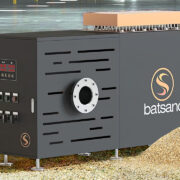
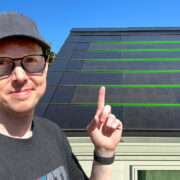

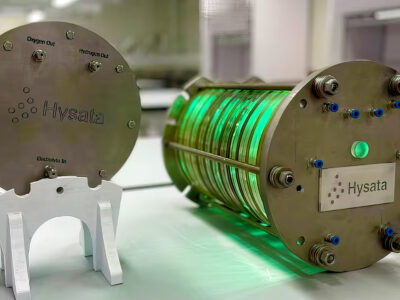
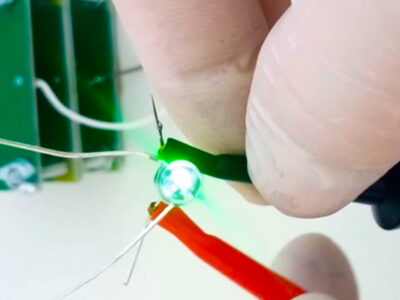
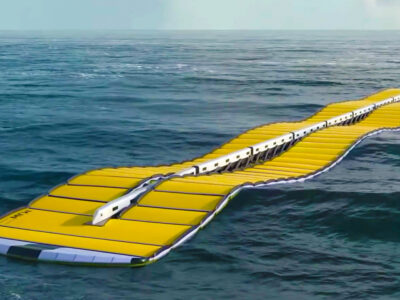



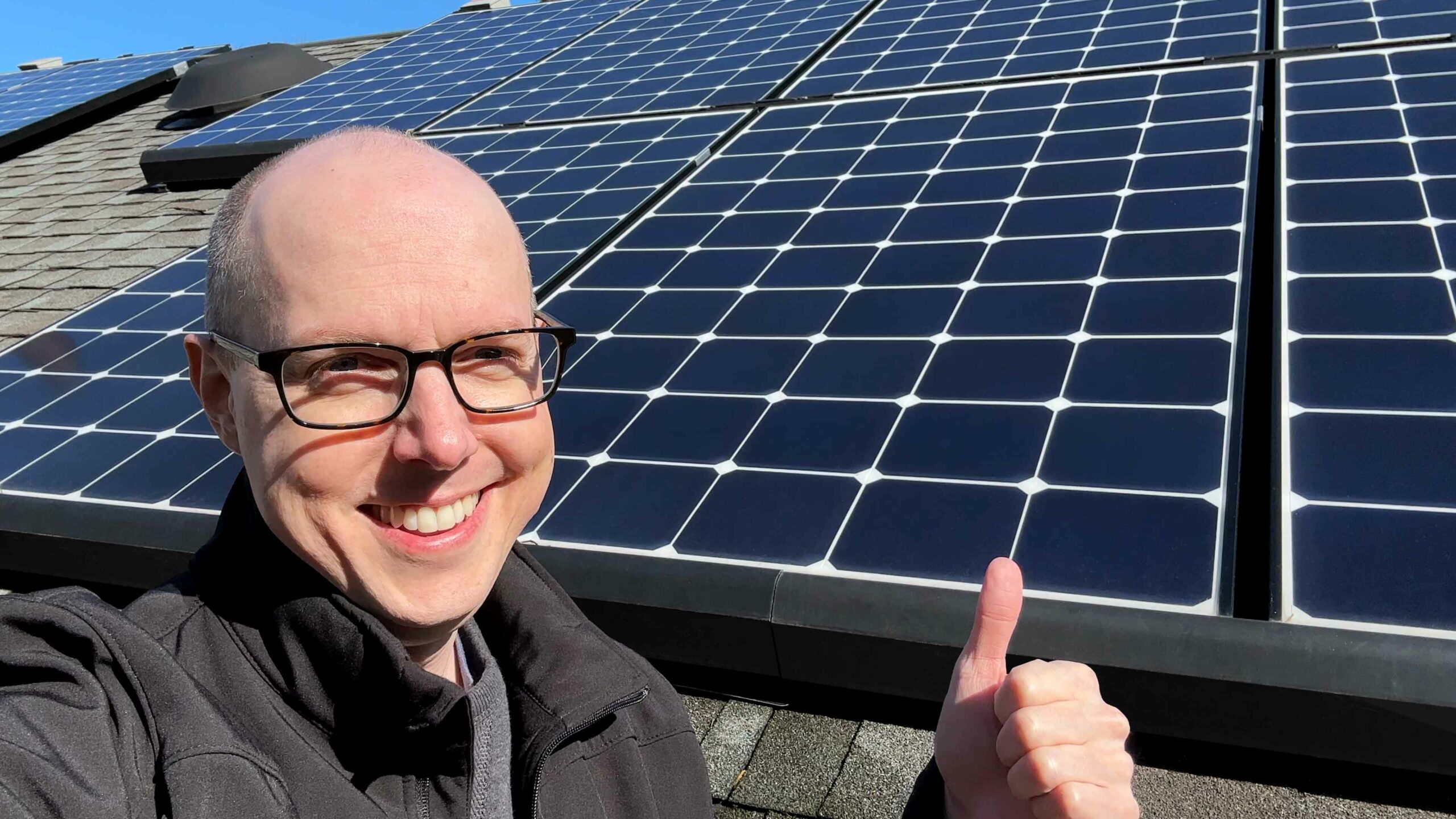

Comments